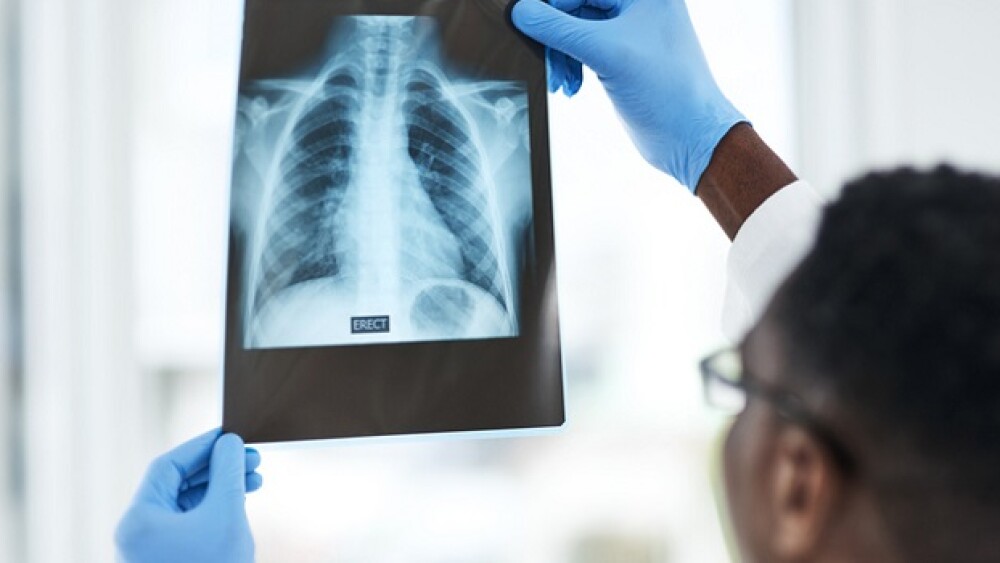Ultragenyx and Mereo celebrated their first patient dosed in a Phase II/III study investigating the use of setrusumab as a treatment for osteogenesis imperfecta (OI).
Ultragenyx Pharmaceutical and Mereo BioPharma celebrated their first patient dosed in a Phase II/III study this week. The study is investigating the use of setrusumab as a treatment for osteogenesis imperfecta (OI), a rare disorder that results in bone fragility. The biologic is a fully human monoclonal antibody formulation.
Setrusumab, a fully human monoclonal antibody, is designed to target and inbibit sclerostin proteins. The protein was targeted due to its role in an important bone-signaling pathway. The hypothesis is that upon inhibition, collagen production, bone mineral density and bone strength will increase, while bone resorption will decrease to further support the increase in bone mineral density.
The Orbit study (NCT05125809) will be randomized, quadruple-masked and placebo-controlled. Participants will receive placebo, low-dose or high-dose treatments once per month. Primary endpoints include a percentage change from baseline serum P1NP levels and an annualized total fracture rate. Up to 195 participants will be assessed over the course of 24 months.
Ultragenyx’s chief medical officer, Dr. Camille Bedrosian, commented on the continued investigation into the efficacy of setrusumab.
“The Orbit Phase 2/3 study is designed to study fracture risk reduction in a younger population, where the risk of fracture is higher and where we can potentially have the greatest impact on their future health,” she said.
This study will build upon statistically significant data collected from the Phase IIb Asteroid study (NCT03118570) that concluded in 2019. Analysis of the data demonstrated a strong increase in participant production of P1NP, a bone formation marker. Bone strength increased with treatment. Additionally, sclerostin antibody inhibition was shown via a decrease in carboxy-terminal collagen crosslinks, a measurement of bone resorption. Primary endpoints for the study included a measured change in bone mineral density and radial bone strength.
The beginning of the Orbit study provides hope to patients diagnosed with OI types I, III and IV, all of which are attributed to mutations in the genes that direct the production of type 1 collagen, according to guidelines published by the National Organization for Rare Disorders. The genetic disorder stretches to include 21 different types that vary in severity and clinical manifestation.
Type I is the most commonly diagnosed form of OI, with presentation including mild brittleness of teeth and bones, as well as easy bruising. Type III is more severe, resulting in “extremely fragile malformed bones and multiple fractures” as early as birth. Type IV is considered to be moderate in severity, with a scattering of clinical symptoms from Type I and III. Commonalities between these types include spine curvature, stunted height, triangular facial structure and blue-hued sclera coloration.
The OI type I, III and IV treatment group indicated targets a majority of OI cases, as types I through IV account for 85 to 90% of all OI diagnoses. Short-term strategic moves include long-term efficacy analysis through an open-label Phase III study for patients between the age of two and five, as well as an investigation including adults over the age of 25.





